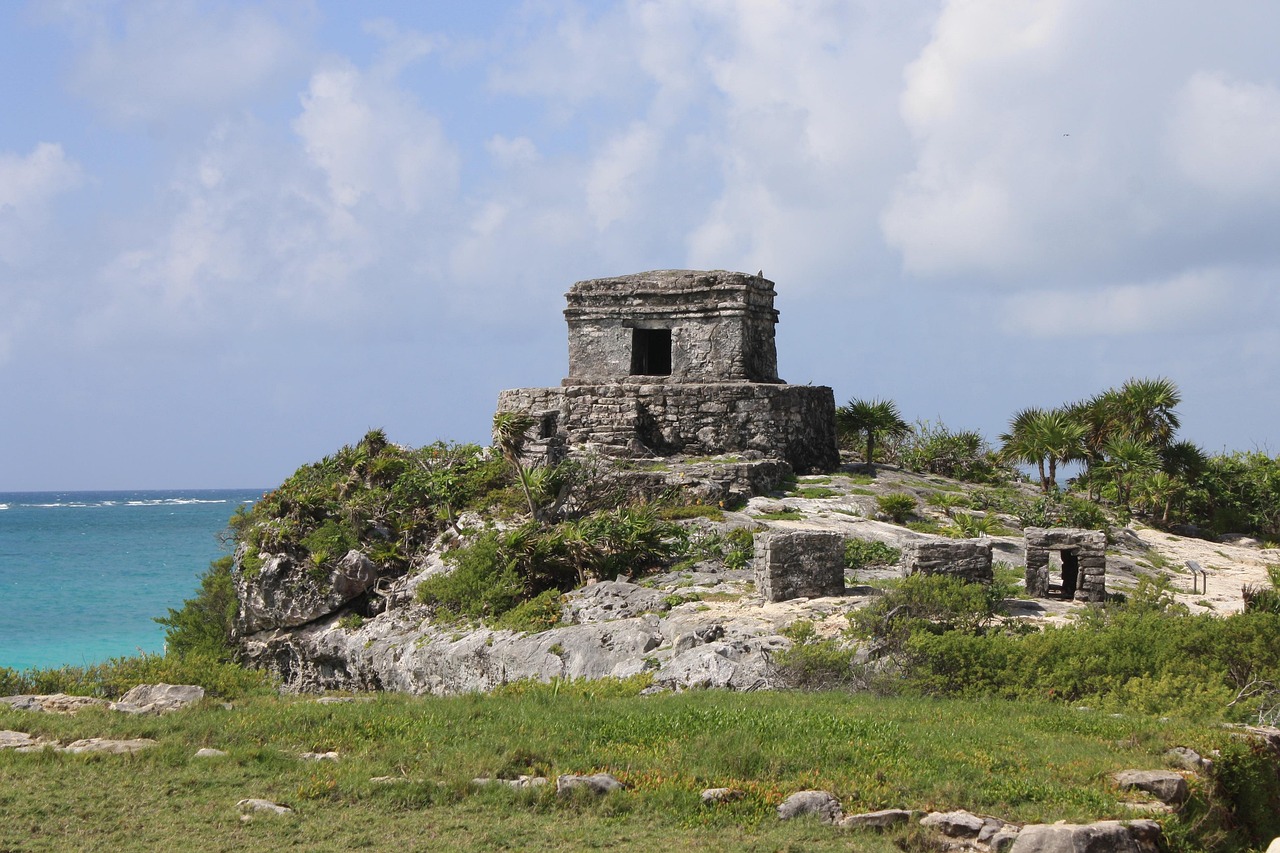The Tulum Region: A Vital Habitat for Jaguars and Biodiversity
Understanding the Tulum Ecosystem
Nestled on the Caribbean coast of Mexico, the Tulum region is more than just a picturesque tourist destination; it is a vital ecological hub. Covering a diverse landscape that encompasses coastal areas, jungles, cenotes, and coral reefs, Tulum is a sanctuary of biodiversity. The nuances of this ecosystem are primarily shaped by its unique geomorphology and climate, which support a wide variety of flora and fauna.
The Importance of Biodiversity
Biodiversity in the Tulum region is not solely a measure of the number of species but also reflects the intricate web of ecological relationships that sustain life. This area, part of the larger Mesoamerican Biodiversity Hotspot, includes various plant and animal species, many of which are endemic or endangered. The conservation of these ecosystems is critical not only for the species that inhabit them but also for human populations that depend on these ecosystems for resources and ecosystem services.
The Jaguar: A Keystone Species
The jaguar (Panthera onca) holds the title of apex predator in the Tulum region, playing a crucial role in maintaining the health of its ecosystem. As a keystone species, the jaguar helps control the populations of herbivores, which in turn supports plant diversity. Their presence indicates a balanced and intact ecosystem, as they require large territories, a stable prey population, and diverse habitats to thrive.
Threats to Jaguar Populations
Despite their importance, jaguar populations in Tulum face numerous threats. Habitat fragmentation due to agricultural expansion, urban development, and infrastructure projects significantly encroaches upon the jaguar’s habitat. Additionally, hunting, either for sport or retaliatory reasons against livestock predation, further endangers these big cats. Climate change poses another challenge, altering their natural habitat and prey availability. Conservation efforts that address these threats are critical for the survival of jaguars in the Tulum region.
Ecological Connectivity and Corridors
To ensure the long-term survival of the jaguar and other wildlife, ecological connectivity must be prioritized. Wildlife corridors connecting fragmented habitats allow for safe movement and genetic exchange between populations. Organizations and governmental bodies are increasingly focusing on establishing protected areas and wildlife corridors that facilitate these movements, ensuring that jaguars and their prey have access to larger territories and diverse habitats.
Highlighting Other Biodiversity
While jaguars are a focal point, numerous other species thrive in the Tulum region. The area is home to over 1,000 plant species, hundreds of bird species, various reptiles, and an array of insects. The mangrove wetlands support species such as manatees, while the coral reefs teem with marine life, including sea turtles and diverse fish populations. Each species contributes to the ecological balance, making the preservation of their habitat essential.
Preserving Sacred Cenotes
Unique geological features like cenotes, natural sinkholes filled with freshwater, enhance the Tulum region’s biodiversity. These mystical water bodies create unique aquifers, allowing diverse flora and fauna to thrive. Cenotes provide critical habitats for numerous species, including fish, amphibians, and insects, while also serving as vital water sources for both terrestrial and marine ecosystems.
Additionally, cenotes were revered by Mayan civilization, creating a cultural connection to the environment that persists today. Their importance extends beyond biodiversity; they play a vital role in local hydrogeology and tourism.
Sustainable Development Initiatives
As tourism continues to grow in Tulum, the challenge remains to balance development with conservation. Several initiatives aim to implement sustainable practices that mitigate the ecological footprint of tourism. Eco-friendly hotel practices, nature tours that focus on wildlife observation rather than exploitation, and community-led conservation projects are essential components of Tulum’s sustainable future.
Community Involvement and Education
Engaging local communities in conservation efforts is vital for maintaining the region’s ecological integrity. Education programs can increase awareness about the importance of biodiversity and jaguar conservation among residents and tourists alike. Community-led initiatives that prioritize sustainability and conservation can empower locals, creating a vested interest in protecting their natural resources for future generations.
Research and Monitoring
Ongoing research and monitoring of both jaguar and broader ecosystem populations in Tulum are critical for effective conservation strategies. Scientists and conservation organizations use advanced technologies, including camera traps and remote sensing, to track jaguar movements and habitat use. This data is invaluable for creating informed conservation plans and measuring the efficacy of established wildlife corridors and protected areas.
Global Significance of the Tulum Ecosystem
The Tulum region is not an isolated ecological entity; it is part of a larger global biodiversity crisis. Ecologists emphasize the intertwined nature of ecosystems, indicating that the loss of biodiversity in Tulum can have far-reaching implications. Healthy ecosystems are crucial for regulating climate, maintaining water quality, and sustaining human populations globally. Enhanced conservation efforts in Tulum can serve as a model for similar ecosystems around the world.
The Future of Jaguars and Biodiversity in Tulum
The future of jaguars and biodiversity in Tulum hinges on collaborative efforts between governments, NGOs, and local communities. By fostering a culture of conservation, increasing public awareness, and prioritizing ecological integrity, it is possible to create a sustainable future for this vital habitat. As policymakers prioritize environmental legislation and enforce regulations surrounding development and land use, the Tulum region may continue to thrive as a hub of biodiversity for generations to come.







